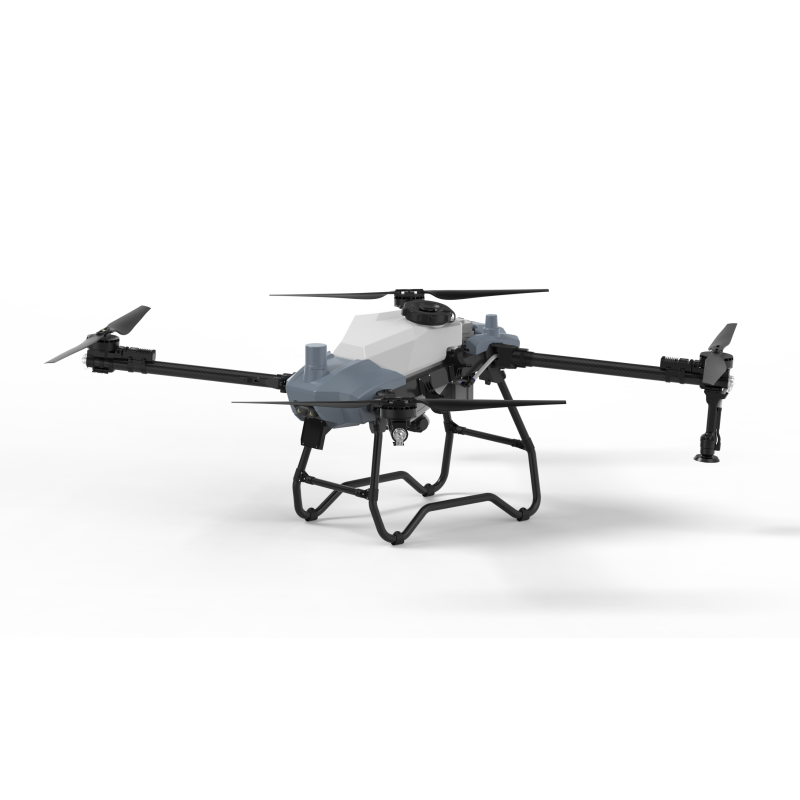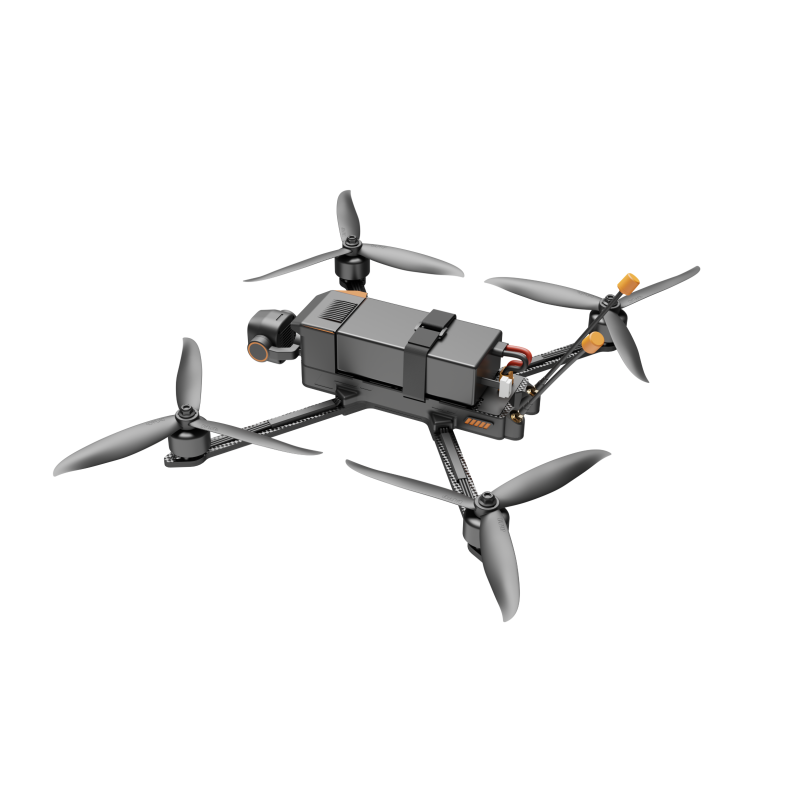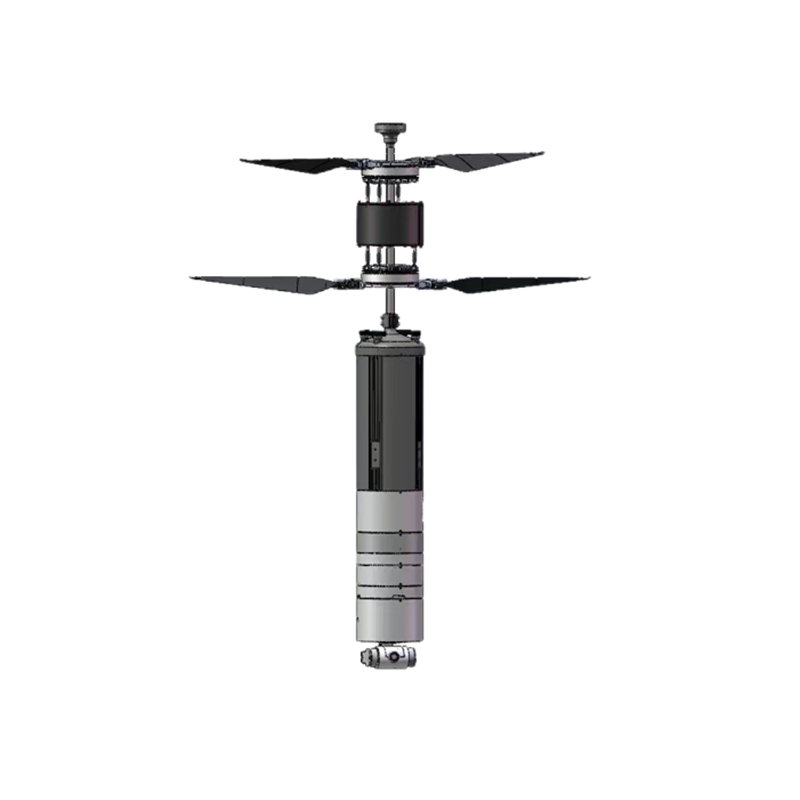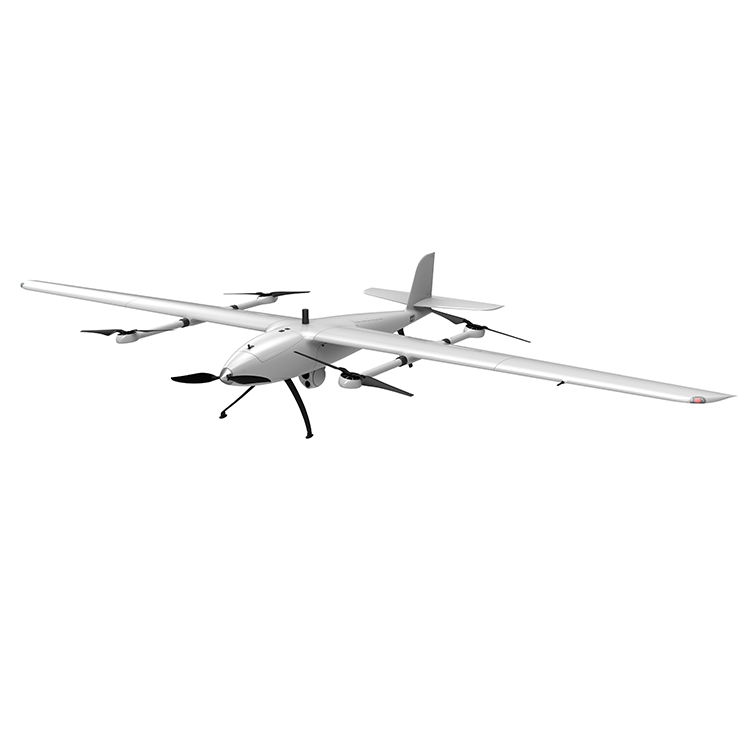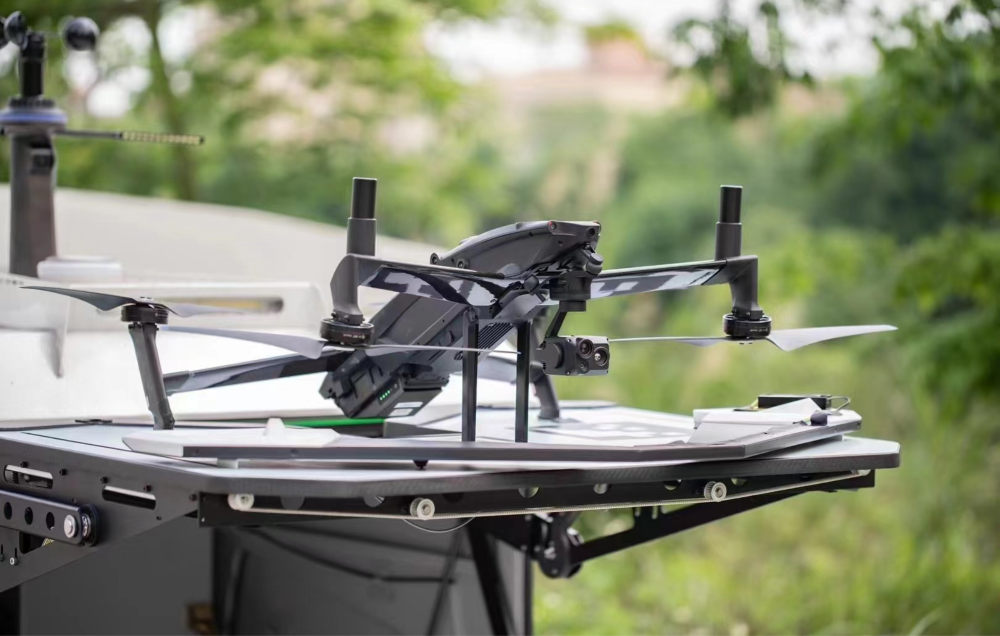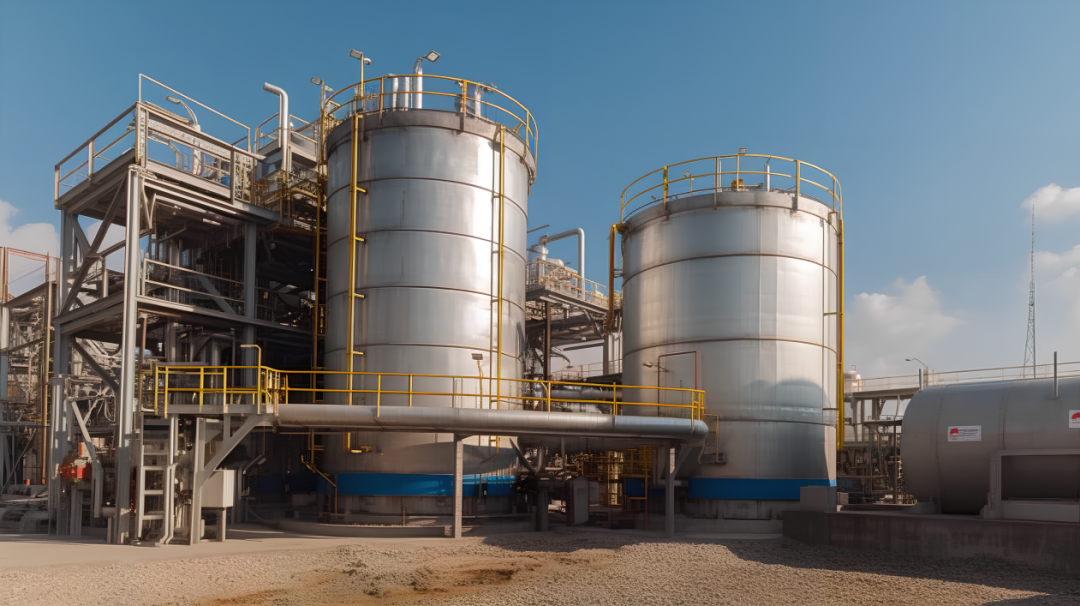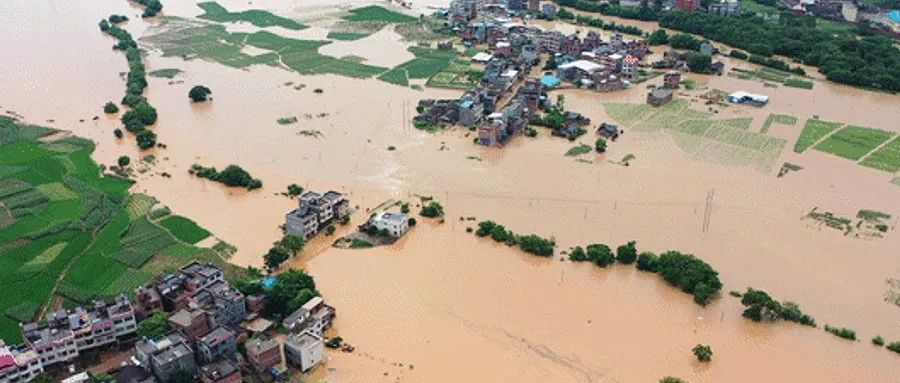What is low-altitude economy? What industries are involved in the low-altitude economy? The development prospects of low-altitude economy?
At the end of 2023, the Central Economic Work Conference officially positioned low-altitude economy as a strategic emerging industry. Subsequently, as a representative of new quality productivity, low-altitude economy has become a "new track" for most cities, and has been written into the 2023 government work report. Low altitude economy has become the focus of the hot word, as a global competition for strategic emerging industries, this year for the first time written into the government work report "low altitude economy" is accelerating into all walks of life, profoundly changing people's production and life, the market scale is growing. According to estimates, in 2026, the scale of China's low-altitude economy is expected to exceed one trillion yuan.
First, what is the low-altitude economy
Low-altitude economy is a comprehensive economic form that is driven by low-altitude flight activities and radiates the development of low-altitude infrastructure, low-altitude aircraft manufacturing, low-altitude operation services and low-altitude flight support. Its main products include electric vertical takeoff and landing aircraft, unmanned aerial vehicles, helicopters, traditional fixed-wing aircraft and so on.

Second, the development prospects of low-altitude economy
The development prospect of low-altitude economy is very broad, and it is expected to form a trillion-scale market in the future. With the advancement of technology, the support of policies and the growth of market demand, low-altitude economy will achieve breakthroughs in many fields and become an important direction of future transportation development, with huge market potential and social value.
Low-altitude economy has a wide range of application scenarios in the following fields:
• General aviation: including private flight, flight training, air Tours and other services.
• UAV application: covering agricultural plant protection, logistics distribution, fire rescue, infrastructure inspection, entertainment shooting and other aspects.
• Electric vertical take-off and landing (eVTOL) aircraft: With its vertical take-off and landing capability and electric environmental protection characteristics, it is expected to play an important role in the future urban air transportation, intercity passenger transport, private travel and other fields.
• Public service field: involving emergency rescue, inspection, agriculture, etc., such as helicopter air medical transport, emergency rescue and so on.
In addition, low-altitude economy also involves emergency rescue, inspection, agriculture and other public service fields. The intensive introduction of policies at all levels has provided the basic guarantee for the development of low-altitude economy and helped it enter the stage of rapid development. However, the low-altitude economy still faces some challenges and difficulties in development, such as the progress of airworthiness certification, the opening of low-altitude airspace, the need for technological breakthroughs and infrastructure construction.
Third, the main industries of low-altitude economy
The growth potential of the major industries in the low-altitude economy is huge, which is reflected in the following aspects:
Low-altitude aircraft manufacturing: With the progress of technology and the expansion of the market, the low-altitude aircraft manufacturing field will usher in rapid growth. In particular, eVTOL (electric vertical take-off and landing vehicle), as an emerging field, is expected to continue to expand its market size. It is forecast that the global eVTOL market will reach $61.9 billion by 2026, is expected to reach $30.519 billion by 2030, and will reach as high as $1.5 trillion by 2040.
Low-altitude operating services: As a key link in the development of low-altitude economy, the growth potential of low-altitude operating services should not be underestimated. With the continuous expansion of application scenarios such as UAV logistics, air taxi, emergency rescue, and agricultural plant protection, low-altitude operation services will usher in a wider range of applications and explosive growth of market demand.
Low-altitude infrastructure construction: As an important part of low-altitude economy, the field of low-altitude infrastructure construction will also benefit from the rapid development of low-altitude economy. With the increase in low-altitude flight activities, there will also be a growing demand for infrastructure such as take-off and landing points and air traffic control facilities. It is expected that by 2030, the market size of low-altitude economic infrastructure-related fields represented by air traffic control systems in China is expected to exceed 40 billion yuan.
Low-altitude flight support: Low-altitude flight support provides necessary support and guarantee for low-altitude flight activities, and is an important guarantee for the healthy development of low-altitude economy. With the continuous development of low-altitude economy, the demand for flight support will continue to increase.
In addition, low-altitude economy has wide application prospects in many fields, such as agriculture, logistics, tourism, inspection, fire protection and other industries. The development of these sectors will also bring more growth potential and opportunities to the low-altitude economy.
In general, the four major industries of the low-altitude economy - low-altitude aircraft manufacturing, low-altitude operation services, low-altitude infrastructure construction and low-altitude flight support all have huge growth potential. With the continuous progress of technology, the continuous expansion of market demand and the continuous optimization of the policy environment, the low-altitude economy will achieve wider applications and greater development in the future.
Fourth, the key areas of low-altitude infrastructure construction
Ground support infrastructure:
General airport and UAV take-off and landing site: This is the basis for low-altitude aircraft to carry out take-off and landing activities, which is crucial to ensuring flight safety and improving operation efficiency.
Service network construction: The service network includes low-altitude flight service and supervision system, etc., to provide a full range of services and supervision support for low-altitude flight activities.
New infrastructure:
Network facilities: Provide high-speed, low-delay communication network for aircraft, support real-time data transmission and accurate control, is an indispensable support for low-altitude flight activities.
Supervisory facilities: including low altitude surveillance radar system, which is used for continuous monitoring of low altitude airspace in a wide area to ensure the safety and order of low altitude flight activities.
Air traffic control facilities: integrate and utilize data to provide support for the management of multiple low-altitude aircraft takeoff, landing and navigation, and ensure flight order and safety.
Energy infrastructure: such as charging system, provide energy supply for electric low-altitude aircraft, and promote the electric development of low-altitude aircraft.
Construction of four networks:
Service network: including low-altitude flight service and supervision system, etc., to provide comprehensive services for low-altitude flight activities.
Route network: in essence, it is to build 3D map, urban CIM airspace management and flight management, to provide accurate navigation and flight management support for low-altitude aircraft.
Communication network: to ensure real-time communication between low-altitude aircraft and the ground, supporting data transmission and command control.
Facilities network: including all kinds of infrastructure interconnection and shared use, improve the overall efficiency of low-altitude flight activities.
Investment and market size:
As an important part of low-altitude economy, the construction and development of low-altitude infrastructure has been widely concerned by policies and markets. With the continuous development and growth of low-altitude economy, it is expected that the field of low-altitude infrastructure will attract more social capital to participate in investment.
The above areas are the key directions of low-altitude infrastructure construction, which together constitute the foundation and guarantee of low-altitude economic activities. With the continuous progress of technology and the continuous growth of market demand, the construction of low-altitude infrastructure will continue to deepen and improve.
Fifth, difficulties in the development of low-altitude economy
Difficulties in the development of low-altitude economy mainly include low-altitude communication problems, low-altitude perception problems and low-altitude navigation challenges.1. Low altitude communication problem: The demand for high bandwidth of low altitude aircraft is increasing day by day, and the stable support of flight data needs to be guaranteed. Due to the height limitation of traditional base stations, it is impossible to achieve effective low-altitude communication, which is essential to ensure flight safety and improve operational efficiency.
2. Low-altitude perception problems: There are dense buildings in cities, satellite navigation signals are susceptible to interference, and traditional ground deployment costs are high. This leads to the lack of communication equipment support for digital navigation at low altitude, which affects the stability of flight information.
3. Low-altitude navigation challenges: With the increase in the frequency of low-altitude activities and the demand for high-density flight, the navigation mode needs to be more digital and refined, which cannot be separated from the strong support of communication facilities. The application of synaesthesia integration technology can realize the perception of no blind area, improve the supervision means of regulatory authorities, and provide support for the development of low-altitude economy.
4. Lack of infrastructure: Less than 30% of the low-altitude airspace used by navigation in the country is not connected, the number of navigable airports is small, the regional distribution is uneven, and most of the airports have single functions, which is difficult to meet the diversified service needs.
5. Lack of technology research and development: The technical foundation of domestic low-altitude economic development is not solid enough, and there is a "bottleneck" situation in some aspects, and the level of digitalization, information technology and wisdom needs to be improved.
6. Low degree of openness and cooperation: the "introduction" and "going out" of production and service activities related to low-altitude economy are insufficient, and the rules, regulations, management and standards that adapt to high-level opening up and cooperation with the outside world need to be further innovated and improved.
7. Insufficient maintenance of market ecology: It is necessary for the government, enterprises and social media to make joint efforts to expand the construction and dissemination of general aviation culture, cultivate the soil that nourifies the future development of low-altitude economy, and promote the healthy development of industrial ecological chain.
8. Imperfect laws and regulations: It is necessary to improve the management provisions of low-altitude airspace, establish a sound supervision mechanism, simplify the approval process of flight plans, and strengthen the supervision and law enforcement of low-altitude flight activities.
In general, the difficulties in the development of low-altitude economy mainly focus on the challenges of communication, perception and navigation technologies, as well as infrastructure construction, technology research and development, degree of openness and cooperation, market ecological maintenance and the improvement of laws and regulations. Addressing these difficulties requires the joint efforts of the government, enterprises and research institutions to promote the healthy and rapid development of the low-altitude economy through technological innovation, policy support and industry collaboration.


